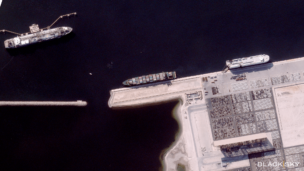OroraTech, the Munich-based wildfire intelligence startup, closed a €25M ($27.2M) Series B funding round yesterday.
The round was led by Korys, the European Circular Bioeconomy Fund (ECBF), and long-time investor Bayern Kapital, each of which brings unique guidance to the growing business.
“We see them as the perfect intersection in this Venn diagram of people that understand deep tech, people we feel aligned with from this climate tech investment string and… people where we also see a lot of benefit from our business moving forward,” CEO Martin Langer told Payload.
Heating up: The company plans to invest its latest raise in three buckets to scale the company’s technical capabilities and foster commercial opportunities globally.
- Hardware: OroraTech operates two satellites in orbit, but the goal is to increase the constellation to as many as 100 sats in the coming years. The company plans to launch a single next-gen satellite in early 2025, followed by two batches of eight later in the year.
- Software: The startup will boost its investment in artificial intelligence and predictive modeling to make its tools more accurate and applicable to a broader range of use cases.
- Workforce: The company has already incorporated a US business unit and plans to open up an office in Colorado by the end of the year, which will employ both commercial and technical teams, according to Langer.
While the company has won large contracts for its wildfire monitoring capabilities—most notably a €20M ($21.8M) contract with the Greek government—it’s also recognizing new verticals where its data can drive commercial interest.
“Since we were selected as a Copernicus contributing mission last year, there’s also more and more effort in those other use cases around land surface temperature [and] sea surface temperature,” Langer said. “To scale in that direction, almost like horizontal scaling, we also need a ton of expertise…and that’s also where our investors and their network come into place and help us.”




